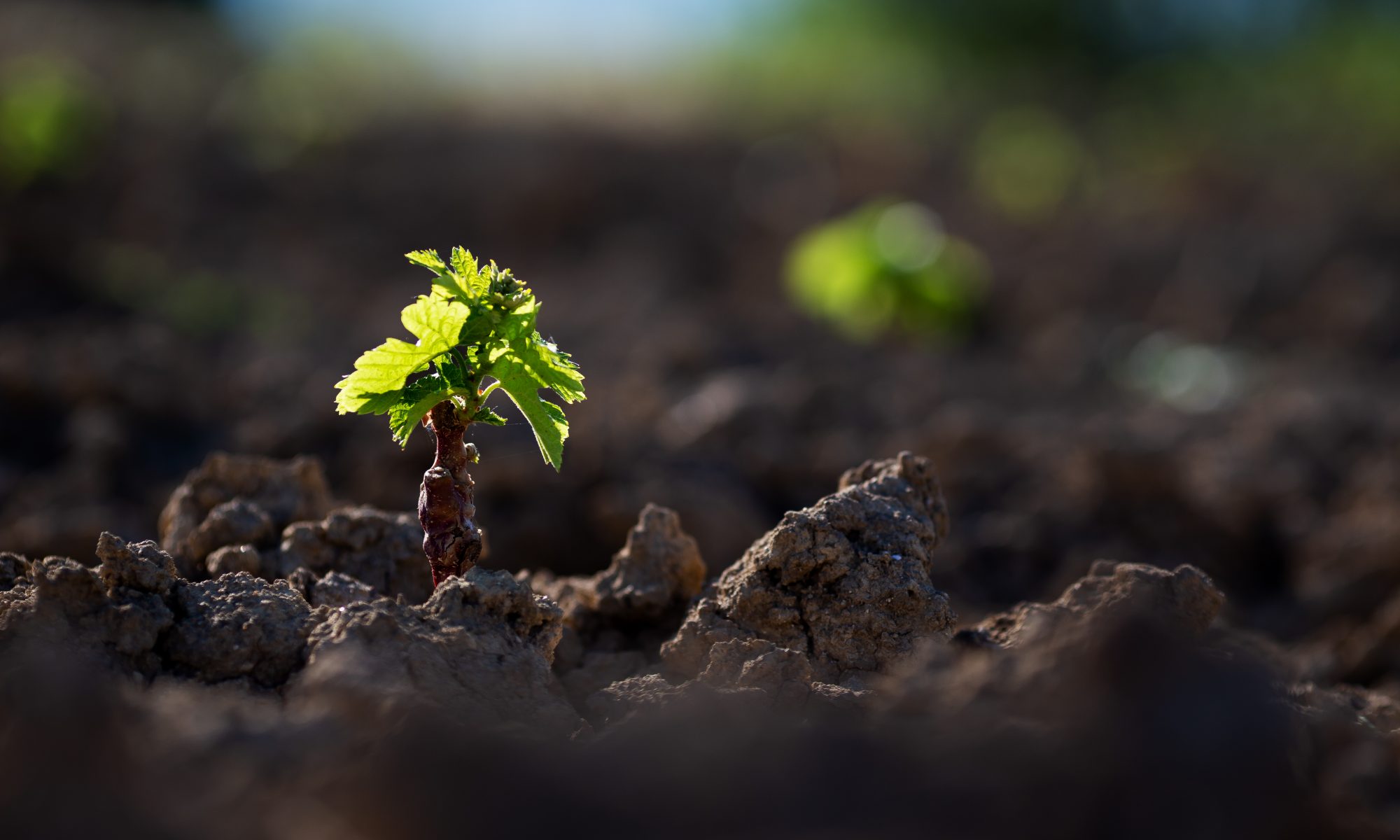The wagon, symbol of our vineyard:
- Because it was invented by our grand-father André Fabre in the 1950s, and is a symbol of creativity and innovation. It respects the quality of the bunches of grapes which, from the stump to the cellar where they will be crushed, have no transfer of containers that could degrade them.
- Because it’s small, on a human scale: our organization is such that the winemaker is at the heart of the organization of the group of a few dozen people who share his passion for wine.
- Because it invites us to help each other: a wagon is almost always towed with one or two others, to ensure optimum transport capacity.
- Because it can’t go backwards: when the wagons are hitched up in single file, it’s impossible to go backwards. We know that setting up a sustainable production system that respects people and nature is irreversible. Freedom of expression, which is very important in the winemaking profession, can only be expressed through originality, i.e. the feeling that we are unique, original, like the terroir we wish to reveal.



















 – Adelphe membership to responsibly manage the waste associated with the distribution of our wines in France.
– Adelphe membership to responsibly manage the waste associated with the distribution of our wines in France.